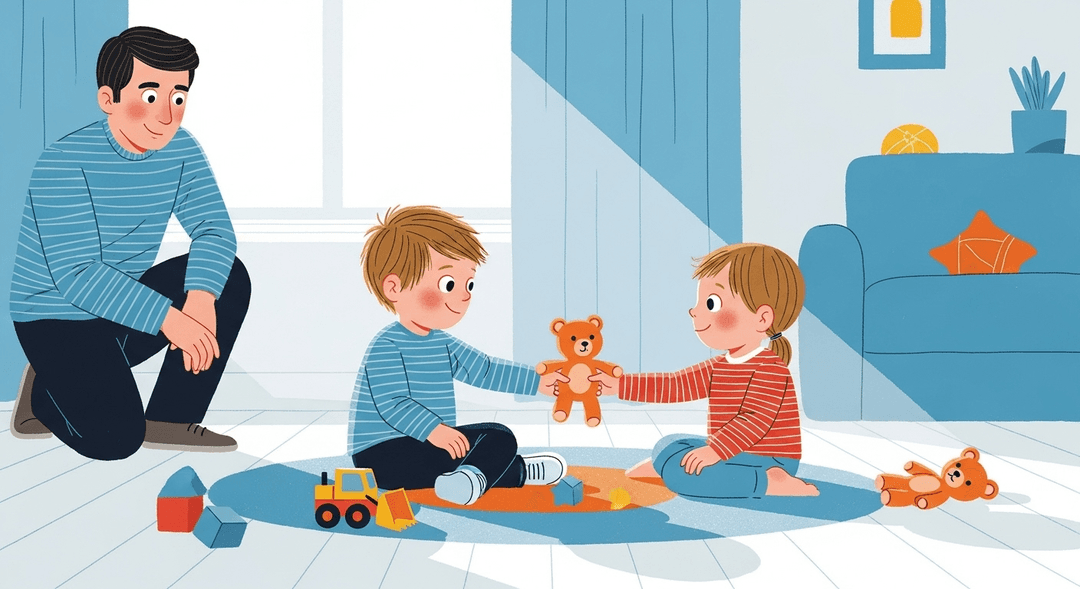Teach Empathy
Ever tried to explain 'feelings' to a three-year-old who thinks the world revolves around their snack cup? Welcome to the empathy Olympics, where the only medals are sticky hugs and maybe, just maybe, a shared toy. If you’ve ever wished your little one would stop steamrolling playdates like a tiny bulldozer, this is your event. Spoiler: it’s messier than a juice box in a bounce house, but worth every sticky moment.
Teaching empathy helps kids grow bigger, better brains—literally. It boosts their emotional intelligence, lights up the parts of their brain that handle connection, and makes them more likely to share, cooperate, and not turn into tiny emotional tornadoes. For parents, seeing your kiddo comfort a friend is like a neural fist-bump: pride, relief, and a glimmer of hope for humanity.
How to do it
Start by naming feelings—yours, theirs, and even the dog’s. Model empathy out loud by saying things like, “I see you’re sad, let me help.”
Read books or watch shows where characters talk about feelings. Afterwards, ask questions such as, “How do you think they feel?”
When your child grabs a toy from someone else, pause and ask, “How do you think your friend feels?”
Keep your approach short, sweet, and consistent—repeat these steps often, like a broken record.
Celebrate every tiny win, even if it’s just a half-hearted pat on the back.
Key Tips:
- Name and acknowledge all feelings, big or small.
- Demonstrate empathy by verbalizing your understanding.
- Use stories and media as opportunities to discuss emotions.
- Encourage your child to consider others’ perspectives.
- Consistency is key—repetition helps reinforce empathy.
- Recognize and celebrate progress, no matter how small.
